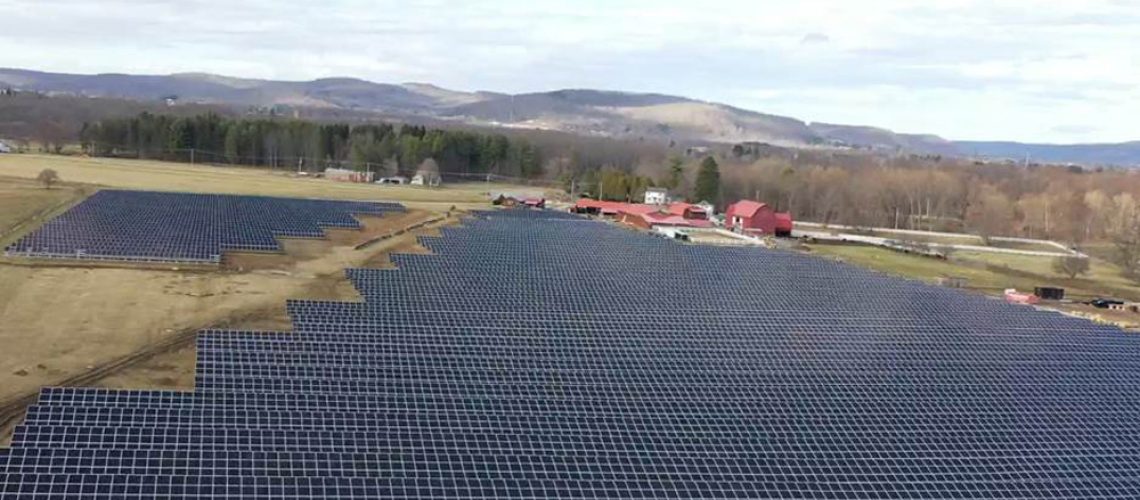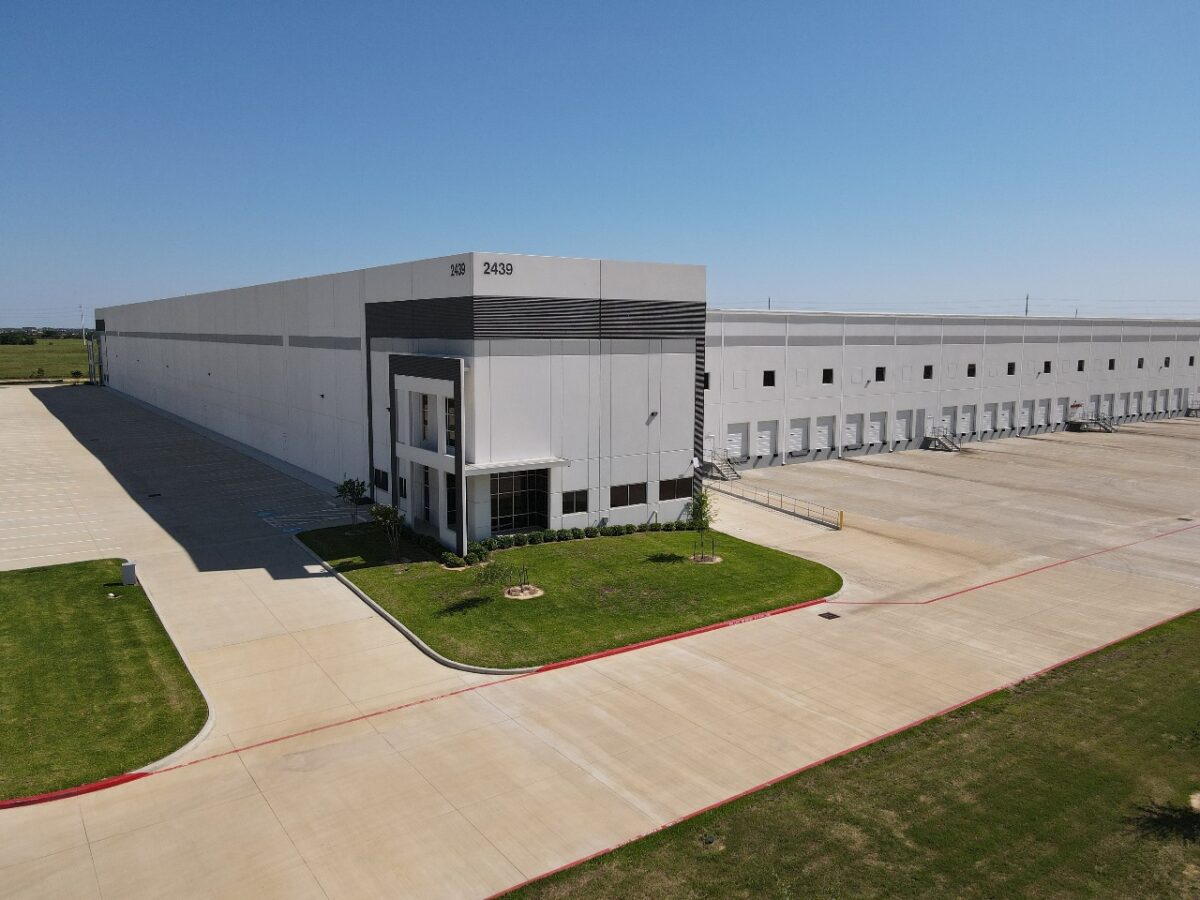Even adding 9.5 GW of renewables will increase transmission congestion said NYISO in a report that also called for development and commercialization of dispatchable emission-free resources.
New York needs 20 GW of new renewable generation by 2030 and an additional 75 GW of zero-carbon resources by 2040 to meet state targets, said the state’s grid operator NYISO in a report.
NYISO modeled a near-term scenario adding 9.5 GW of renewables, representing new renewables contracted by the New York agency NYSERDA, which procures renewable energy certificates from large-scale renewables projects. That scenario, with 4.3 GW of solar, mostly upstate, and 5.2 GW of wind, mostly offshore, would constitute nearly a fivefold increase in large-scale renewable capacity beyond the current level.
Without any major transmission upgrades, the scenario would increase transmission congestion 23% statewide by 2030, NYISO said.
Transmission congestion, according to the consultancy Grid Strategies, means that there is insufficient transmission capacity to deliver energy from lower-cost generation resources to customers, requiring the use of higher-cost generators closer to customers. Grid Strategies reported that NYISO’s transmission congestion costs were $462 million in 2019.
Energy storage “when dispatched effectively” would help to increase the utilization of renewable generation, NYISO said, but “storage alone cannot completely resolve the transmission limitations.”
NYISO highlighted three “pockets” where near-term transmission needs are greatest, whether to accommodate already-contracted wind and solar generation in a region served by 115 kV transmission, or to take advantage of untapped wind and solar resources, or to transmit generation from up to 20 GW of offshore wind capacity.
Dispatchable resources
NYISO said that as more renewables and storage are added, dispatchable emission-free resources (DEFRs) must also be developed and deployed, or fossil generation must be retained, to serve system demand when intermittent generation is unavailable. NYISO modeled DEFRs as providing as much as 36% of generation in downstate New York by 2040. NYISO did not give examples of technologies that could meet its criteria for DEFRs.
To meet New York’s target of a carbon-free electricity sector by 2040, without “investments in research, development, and commercialization of DEFRs,” NYISO found that in the scenario with the most DEFR capacity, at 45 GW of DEFRs, 30 GW of offshore wind and 40 GW of energy storage could substitute for DEFRs. NYISO cautioned that those values represent a “directional proxy that would not fully substitute for the attributes provided by either today’s fossil-fueled fleet or by future DEFRs.”
Transmission plans
NYISO reported that a new transmission line has recently been completed in western New York, while two more transmission lines are under construction. In scenarios looking to 2040, NYISO modeled three additional transmission projects not yet under construction: one project to upgrade existing 230 kV lines in northern New York to 345 kV, and two HVDC transmission lines, one from Quebec to New York City, and another from upstate New York to New York City. Those three projects have received “certain approvals” from the New York Public Service Commission to help meet renewables targets, NYISO said.
New York’s clean energy targets, set by the Climate Leadership and Community Protection Act, call for the state to reach 70% renewable energy by 2030, including 10 GW of distributed solar and 3 GW of storage; to reach 9 GW of offshore wind by 2035; and to reach a carbon-free electricity sector by 2040.
The NYISO report is titled “2021-2040 System and Resource Outlook.”




